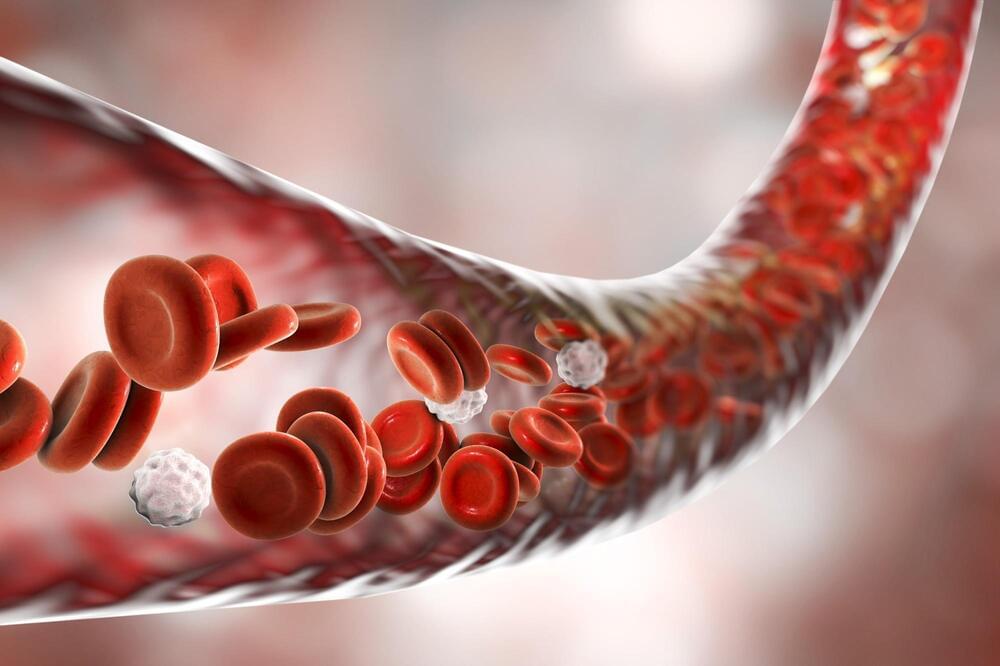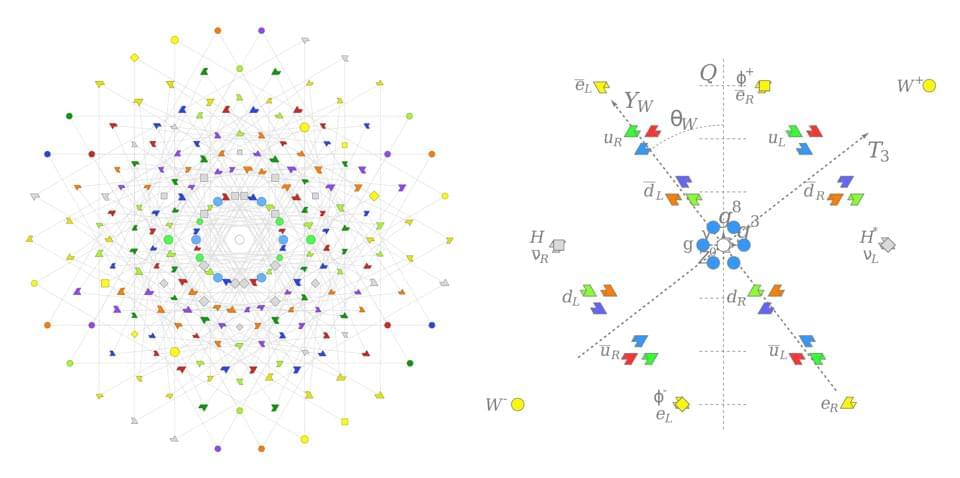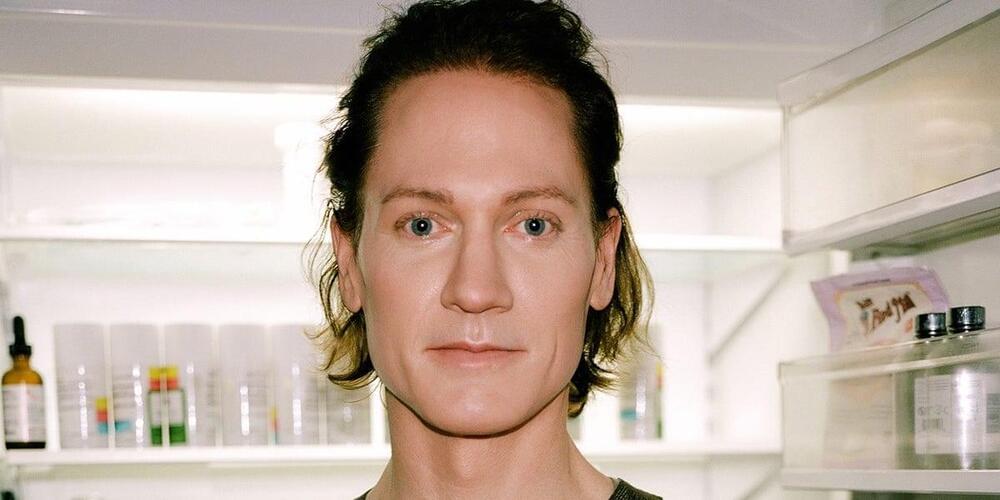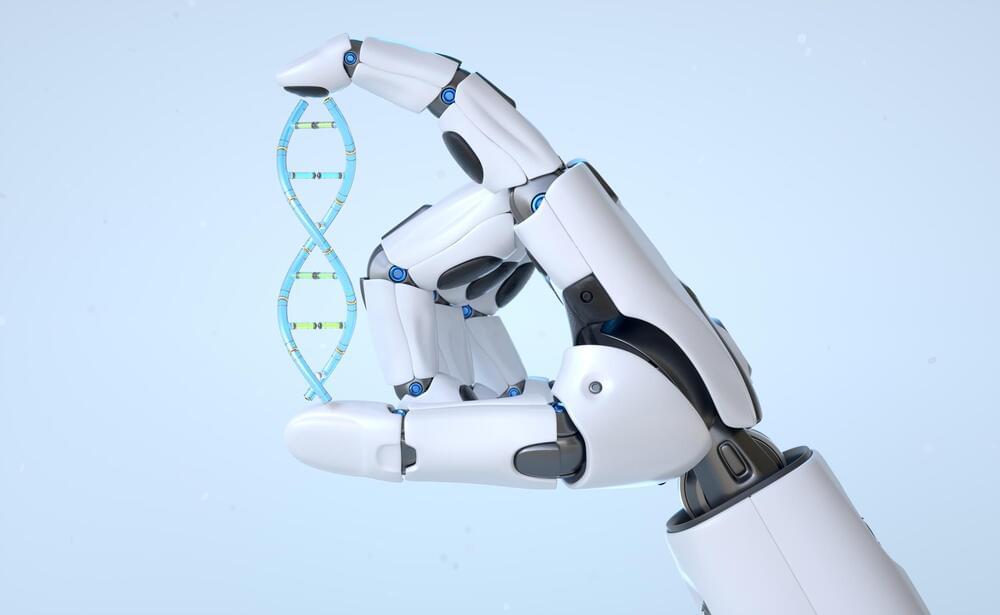Globally, atherosclerotic cardiovascular disease (ASCVD) is the primary cause of illness and death and is much more common in with type 2 diabetes mellitus (T2DM) patients than non-diabetic individuals. Nevertheless, for approximately ten years, the identification of distinct prognostic risk biomarkers remains challenging.
In a recent study posted to the preprint server Research Square while under review for publication in Cardiovascular Diabetology, researchers investigate the prognostic value of serum proprotein convertase subtilisin/kexin type 9 (PCSK9) levels in T2DM patients to predict all-cause mortality and major adverse cardiovascular events (MACE).









